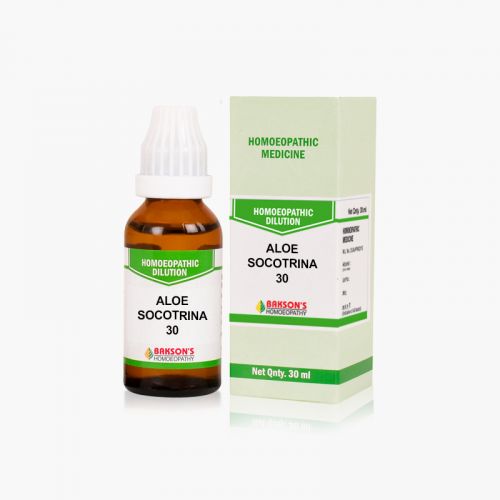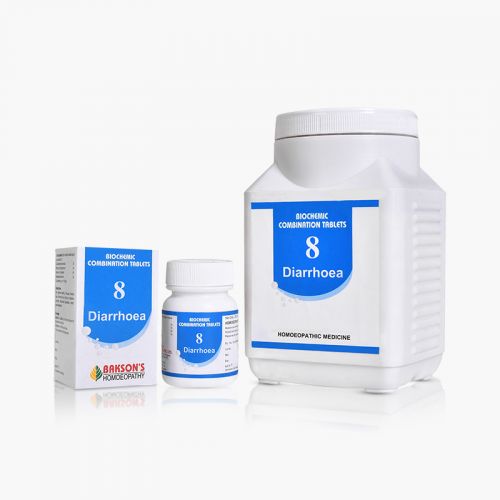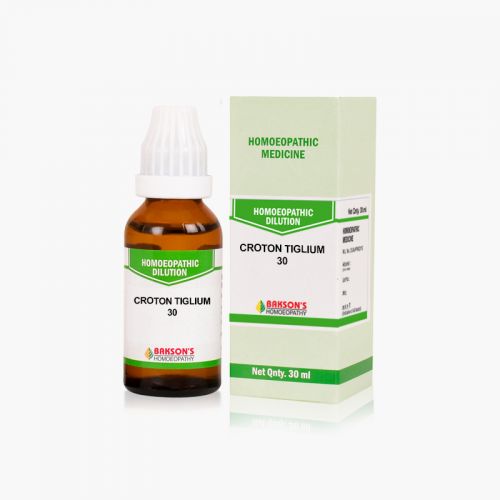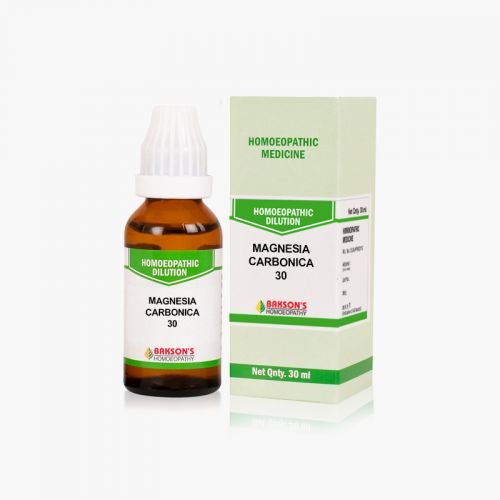We use cookies to make your experience better. To comply with the new e-Privacy directive, we need to ask for your consent to set the cookies. Learn more.
What is Encopresis?
Encopresis or fecal incontinence is defined as involuntary passing of stool into inappropriate places in children older than four years of age. It causes great psychological distress on children and their families. In the DSM-5, encopresis criteria consists of the repeated passage of stool into inappropriate places, and it can be either voluntarily or involuntarily. These events should occur for at least three months. Encopresis in children can be subclassified into primary, those children who have never been toilet trained, and secondary, where incontinence returns after successful toilet training.
Causes
Encopresis can be subdivided into constipation-associated encopresis or overflow encopresis, and non-retentive encopresis. In most cases encopresis happens because a child has long-term (chronic) constipation. Over time, liquid stool starts to leak around the hard, dry, impacted stool which soils the child's clothing.
Other organic causes for encopresis include:
- Repaired anorectal malformation
- Postsurgical Hirschsprung disease
- Spinal dysraphism
- Spinal cord trauma
- Spinal cord tumor
- Cerebral palsy
- Myopathies affecting the pelvic floor and external anal sphincter.
Signs and Symptoms
The patient may present with diurnal or nocturnal enuresis and other urinary infections in children with chronic constipation and soiling problems. Symptoms may vary in each case. Symptoms may include:
- Loose, watery stools.
- Involuntary passage of stool.
- Itching in the anal region, due to irritation from the watery stools.
- Withdrawal from friends, school, or family.
- Hiding soiled underwear.
Diagnosis
The diagnosis is mainly clinical but radiography is helpful for determining the presence of a fecal mass in rectum. A bowel diary is usually sufficient to diagnose constipation and encopresis.
Imaging of the spinal cord is also recommended in children presenting with neurologic complaints. Anorectal manometry is used for patients with chronic constipation.
Management
The management focuses on treating the root cause, which is chronic constipation. The NASPGHAN guidelines include four phases in the treatment of chronic constipation: (1) education, (2) disimpaction, (3) prevention of reaccumulation of feces, and (4) follow-up.
The treatment also comprises education, keeping a bowel diary, and toilet training four times a day following meals and immediately after arriving home from school. Behavioral therapy of toilet training, in combination with a reward system, is an important aspect in the management of non-retentive encopresis.
Warning: Above information provided is an overview of the disease, we strongly recommend a doctor's consultation to prevent further advancement of disease and/or development of complications.
Disclaimer: The information provided herein on request, is not to be taken as a replacement for medical advice or diagnosis or treatment of any medical condition. DO NOT SELF MEDICATE. PLEASE CONSULT YOUR PHYSICIAN FOR PROPER DIAGNOSIS AND PRESCRIPTION.
- ALOE SOCOTRINA 30₹ 100.00
- BAKSON #B 3 DROPSSpecial Price ₹ 160.00 Regular Price ₹ 200.00
-
- BCT # 8 (DIARRHOEA)-250TABSpecial Price ₹ 84.00 Regular Price ₹ 105.00
- CROTON TIGLIUM 30₹ 100.00
- MAGNESIA CARBONICA 30₹ 100.00
- PODOPHYLLUM PELTATUM 30₹ 100.00










